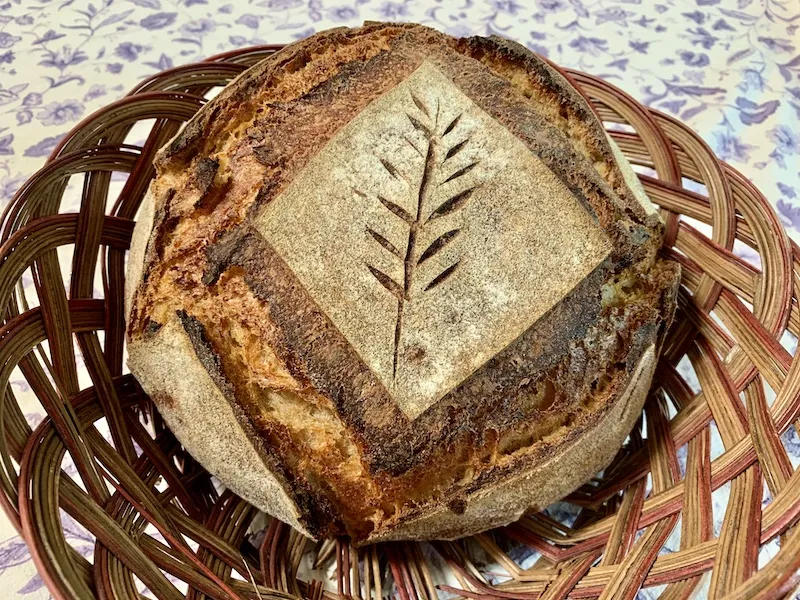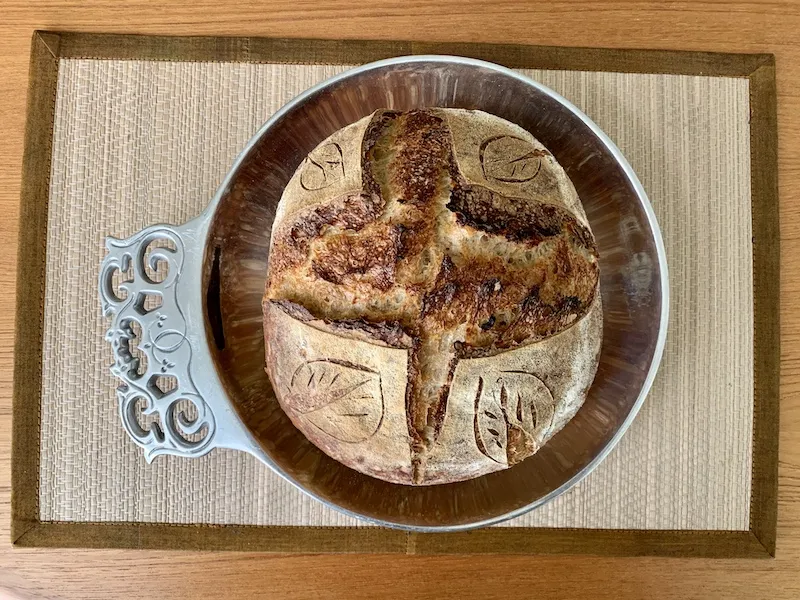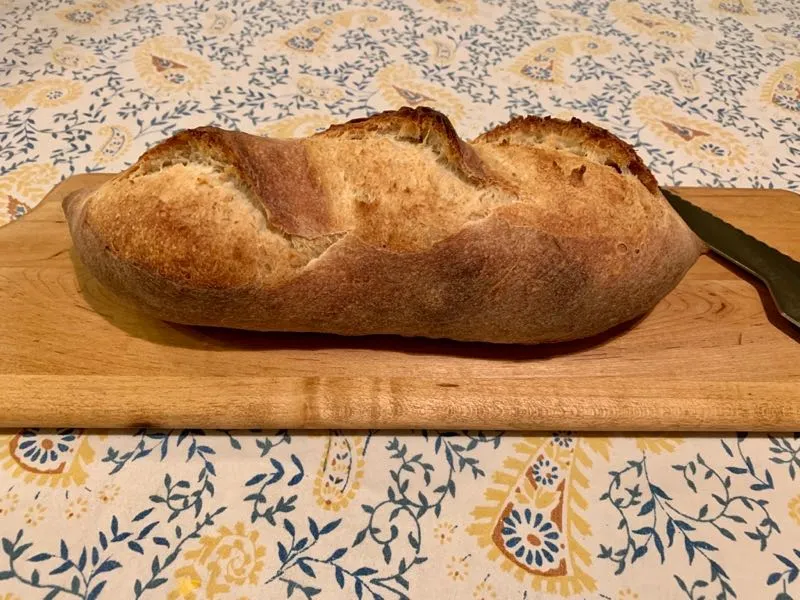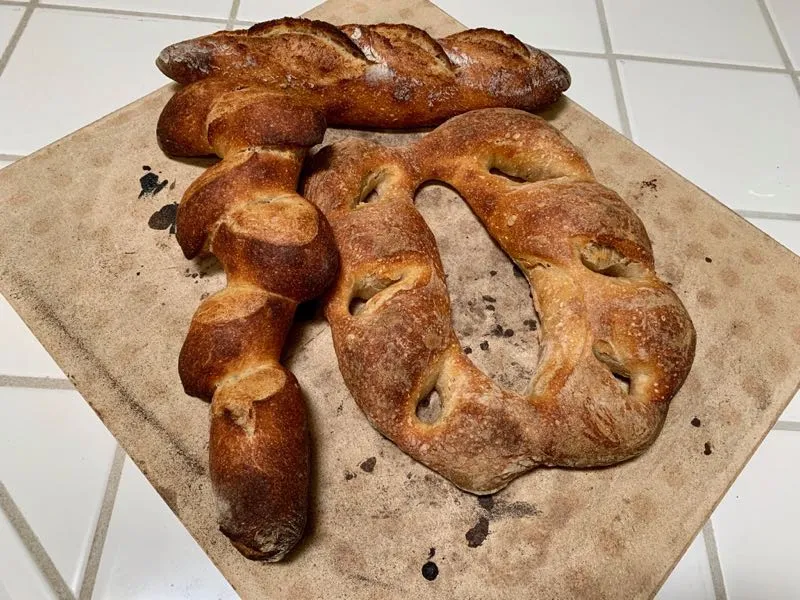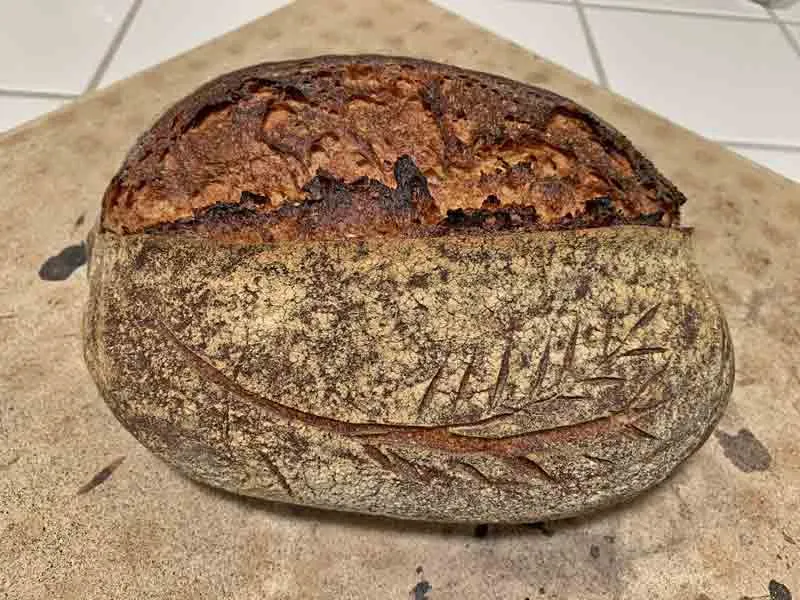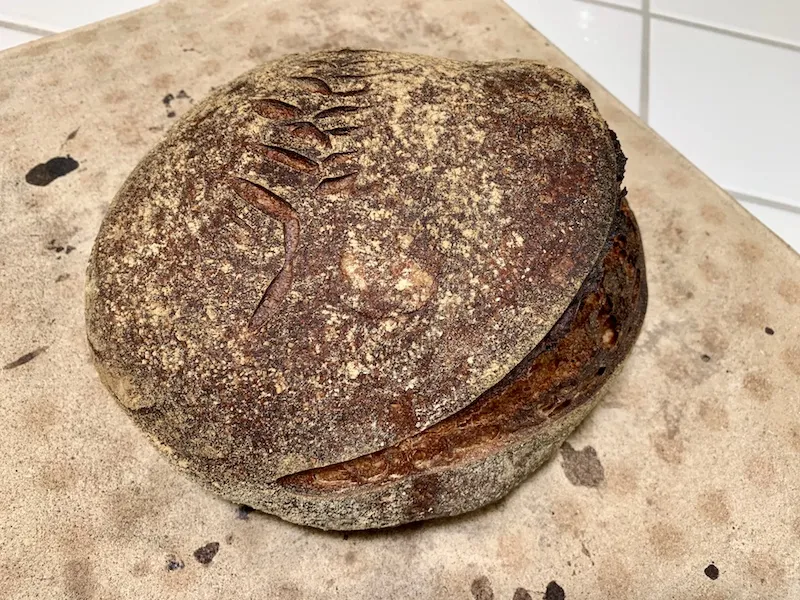Whole Wheat Bread from BBA with some modifications
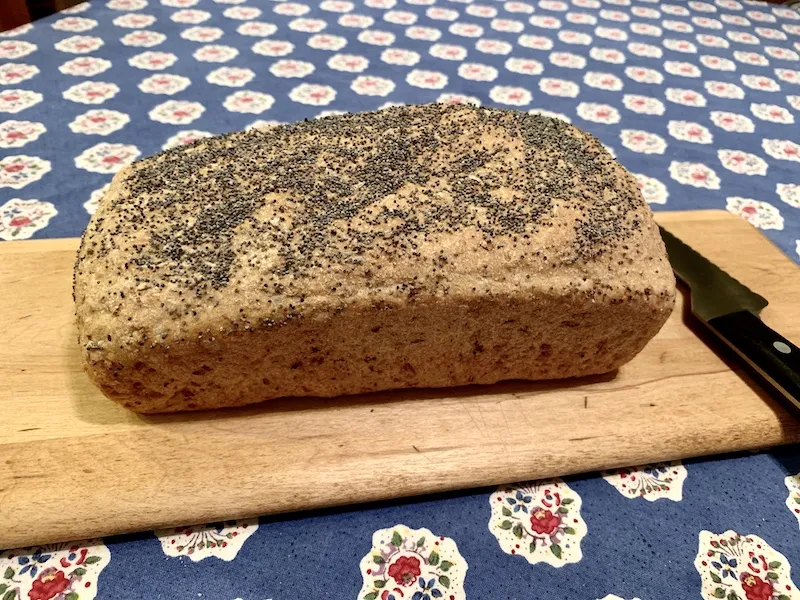
Unlike many bread that are called "Whole Wheat," the one in Peter Reinhart's "Bread Baker's Apprentice" is actually 100% whole wheat. This is a delicious bread that I have made many times but not for several years.
- Log in or register to post comments
- 13 comments
- View post
- dmsnyder's Blog
